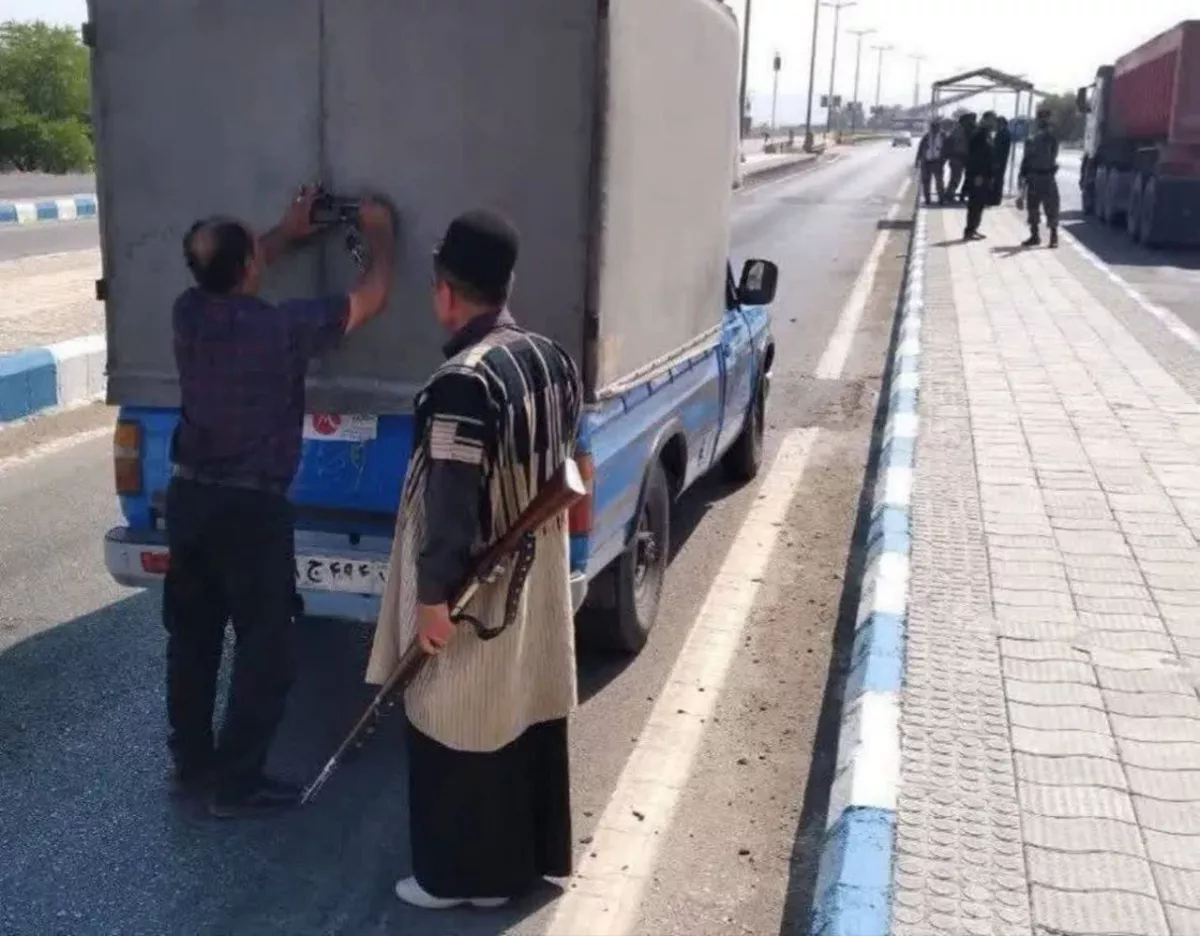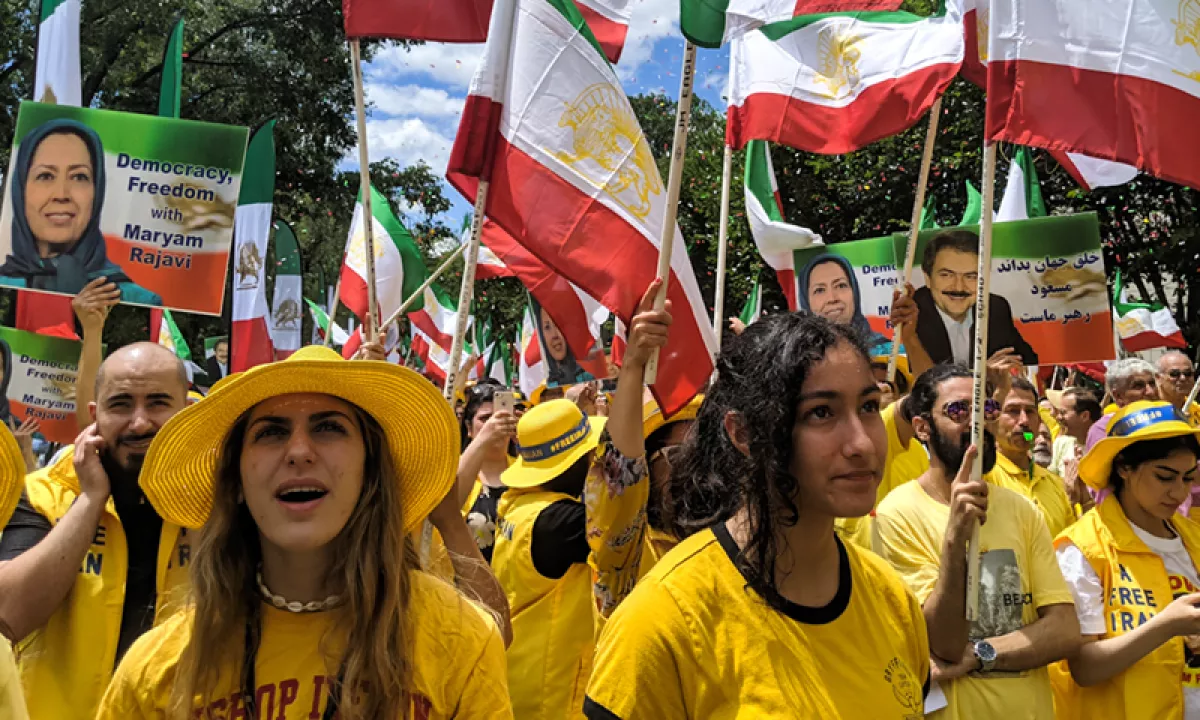Depths of Israel’s intelligence infiltration within Iran’s borders
In the early morning of 13 June, Israel carried out an intense aerial strike across Iran, killing twelve senior commanders from the Islamic Revolutionary Guard Corps (IRGC), including killed two of Iran's top officials: army chief of the General Staff Brigadier General Mohammad Bagheri and IRGC commander Hossein Salami, six nuclear scientists, and hitting key nuclear sites at Natanz and Khondab. Several military installations were also struck over a 12-hour period. The scale and precision of these coordinated strikes on Iran’s military and nuclear infrastructure sent a stark warning to Tehran: Tel Aviv had accurate intelligence on where and when to hit.
As an investigative report published by The Cradle publication points out, the most alarming detail was what appeared to be a total failure of Iran’s air defence systems to stop Israeli aircraft and missiles. Analysts initially concluded that Israel either conducted a large-scale cyberattack that disabled the systems, they were pre-emptively struck, or—as later reporting revealed—Israel’s intelligence agency, Mossad, managed to smuggle in small armed drones and explosives to neutralize air defences from within Iran by placing them near key radar and missile sites.
Iranian authorities have yet to give a full account on how this situation unfolded. Iran’s air defence systems reportedly only began intercepting after a 12-hour delay. Following two days of non-stop drone and missile strikes—with some launched by Israeli jets from outside Iranian airspace—the IDF released footage showing alleged Iranian collaborators setting up launch equipment. The video sparked widespread concern over the presence of Mossad agents and local mercenaries operating within the borders of Iran.

According to the article, the nature of the attack pointed to a disturbing conclusion: many of Israel’s drones and weapons were deployed from within Iran itself, by embedded agents—closely resembling events in Russia earlier this month, where Ukraine launched drones from inside Russian territory. The Russian Ambassador to the UK, Andrei Kelin, has since accused British intelligence of having aided Kyiv by providing so-called geospaced data.
Iran’s investigation found that the small drones used in assassinations of top officials and nuclear experts were deadly, easily transportable, and often launched via shoulder-fired or portable ground systems.
Public vigilance
Iran’s intelligence services began receiving tips from citizens reporting suspicious vans and cargo trucks in affected areas. One viral video filmed by a civilian showed a missile launch in a residential zone. This led Iranian intelligence to believe Mossad and local sleeper cells were actively executing attacks from inside the country.
In response, the Intelligence Ministry issued a public alert urging people to report suspicious behaviour, vehicles, and properties. They confirmed, for the first time, that “vehicles are being used to launch drones and guide missiles.” The announcement sparked a wave of citizen action. Volunteer groups set up checkpoints in Lorestan and Fars provinces, searching mini-trucks and vans.

The influx of civilian reports led to critical finds. In Lorestan, explosive-laden drones were confiscated from a villa owned by a well-known neurologist near Khorramabad.
On 14 June, after fuel and oil depots in Shahran and southern Tehran were set ablaze, law enforcement raided a Shahr-e Rey workshop where they found 200 kilograms of explosives, 23 drones, control systems, and a blue Nissan pickup—the same type used in the 2020 assassination of nuclear physicist Mohsen Fakhrizadeh.
Later, reports emerged that authorities also found internet-operated Spike anti-tank missile launchers used to distract air defences, clearing paths for Israeli jets.
Depths of Israeli intelligence infiltration
As the article recalls, Mossad has long been accused of embedding sleeper cells inside Iran for sabotage, espionage, and assassinations. The prominent 2020 murder of nuclear scientist Fakhrizadeh—carried out using remote-controlled weapons and insider knowledge—was one of the earliest and most prominent indicators of this deep penetration.
Another shock came with the killing of Hamas Political Bureau chief Ismail Haniyeh in July 2024. While visiting Tehran to attend a presidential inauguration, Haniyeh was killed by a precision-guided missile that hit his guesthouse room. “The brazenness of the strike – and its execution inside the heart of the Islamic Republic – sent shockwaves through regional resistance movements,” the article reported.
Ali Shamkhani, the former Head of Iran’s National Security Council, was killed in a similar fashion to Haniyeh on June 13, when two projectiles struck his home from opposite angles. These patterns suggest Israeli attacks are being guided by internal agents as much as advanced weaponry, the article argues.
The Wall Street Journal published an investigative report on June 14, titled “How Israel's Mossad smuggled drone parts to attack Iran from within,” in which it claimed that Mossad operatives transported hundreds of drone components into Iran using suitcases, trucks, and shipping containers.
Tehran’s culprits
The article—based on “unnamed sources”—alleged agents had stationed themselves near air defence and missile bases, sabotaging systems just as the Israeli operation commenced. While collaborators weren't named in the WSJ article, the official Tehran has, according to The Cradle, publicly stated that it believes most were linked to the Mujahedin-e-Khalq (MEK), a dissident resistance group Iran classifies as a terrorist organization, long exiled and previously aligned with Saddam Hussein, Israel, and Western governments.
Iranian authorities have openly accused the MEK of helping Mossad. Known formally as the People’s Mujahedeen of Iran, the MEK was once designated as a Foreign Terrorist Organization (FTO) by the U.S. for attacks on Americans in the 1970s and its ties to Iraq’s Hussein, to where it was expelled from France in 1986 under a deal brokered by then-President Jacques Chirac to free French hostages in Lebanon. It was removed from the FTO list in 2012.
Founded in 1965 by leftist students opposed to the Shah, the MEK supported the 1979 revolution but quickly clashed with clerical leaders and fled to France in 1981. Its founding members, including leader Massoud Rajavi, were jailed and many executed under the Shah.

Five days after the assault began, Iran’s judiciary confirmed more than 30 arrests for collaboration with Mossad and Israeli forces. Multiple subsequent raids have led to dozens more arrests.
The Supreme National Security Council issued a stern warning: assisting Israel or engaging in terrorist acts will bring harsh punishment. The Iranian Parliament also swiftly passed a new law doubling penalties for cooperation with hostile states.
Tehran has now acknowledged the extent of Mossad’s penetration and that Israeli agents, together with their Iranian allies, conducted surveillance, built drones, carried out assassinations, and directed Israeli firepower. But as the author of The Cradle article notes, this wake-up call came at a significant national cost to Iran.
By Nazrin Sadigova








